A Look Inside a Furniture Maker’s Tool Chest
Megan Fitzpatrick shares what hand tools she keeps in her English tool chest.

Before every class I send out a tool list – after which I always get at least a couple of students asking, “what kind of X should I buy?” Below are my answers to the most-commonly asked-about tools (based solely on personal preference and my methods of work) – plus a few items that I think should be in every furniture maker’s tool chest. Yes, some of them are expensive. I don’t see the point in buying tools that will need replacing – and sometimes that means not cheaping out. And what can I say…I like shiny things, and things made by people I know and like.
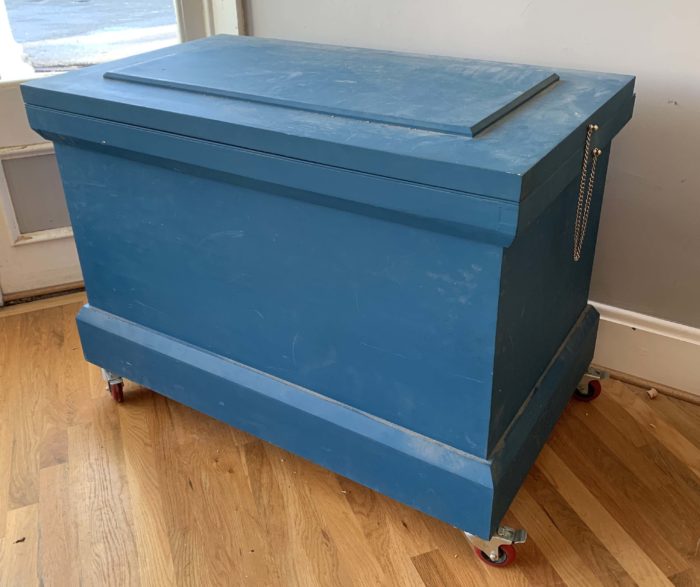
Given that it’s likely too close to Hanukkah/Christmas/Kwanza for this post to serve as a holiday gift list, feel free to air your grievances about that on Festivus. (And if you take issue with or wish to add to my selections, please do so in the comments – you might help me discover a new favorite!) And one more thing before I get started: I’ve paid full-price for all my tools (except a couple that were gifts not from the maker…for which the giver paid full price), and my choices are in no way (and never will be) sponsored.
Cutting gauge. Glen-Drake Tite-Mark – simply the best (and original) one-handed micro-adjustable cutting gauge available. I have several, and use them on almost every project. When I need two – say when cutting half-blinds, I set my Tite-Mark mini to the smaller dimension, and my regular Tite-Mark to the larger dimension. I can tell at a glance which setting goes with which boards.
Dovetail marker. Woodjoy Tools. This little guy (in front above) has been with me since 2006 or so, and I’ve been recommending it ever since. I love that it’s small and lightweight but durable, and offers two slopes in one tool (which, if you don’t pay attention, might not be a benefit) – and that the price never exceeded $30. Unfortunately, the maker has retired…and I’m kicking myself for not buying a second “Precision Dovetail Template” before he did. So if you find one on the secondary market, buy it. And if you find two, please let me know. (There are plenty of other good dovetail markers available; in the absence of an available Woodjoy, I recommend Sterling Toolworks (in back above), though I find them a bit heavy.)
Dovetail saw. This one is personal. If you can try out several and find one that fits your hand perfectly, that’s what you should do. And that’s why I love my Bad Axe dovetail saw (in front above) – the handle was made to fit my hand (really – I was an original model for the “small”). But if you have “average” hands (whatever that means), I think the best traditional dovetail saw available for the price is from Lie-Nielsen Toolworks (in back above) – I prefer the non-tapered plate. For beginners who aren’t yet sure they want to stick with woodworking, or for anyone on a budget, I recommend the Veritas dovetail saw (which works perfectly well – I just prefer a traditional look).
Coping saw. Yes, I cope out my waste in most cases. And to do that, I use a Knew Concepts coping saw (don’t let them talk you into the smaller fret saw if you’re working in 3/4″ or thicker stock). I always keep an extra blade or two taped to the armature.
Chisels. There are many fine choices. My choices are the 1/4″, 3/8″ and 1/2″ bevel-edges chisels from Lie-Nielsen Toolworks. (I have other sizes, but these are the ones I use on almost every project…and I don’t think you truly need more than a few – pick the sizes that match your work.)
Saddle square. I use the inexpensive “regular” Veritas saddle square on almost every furniture project to carry layout lines around edges – most often at the table saw when I’m cutting stock to size. (I also use the large version a lot at home for renovation projects.)
6″ combination square. You might be able to do better than or equal to a Starrett, but…. Mine has 4R graduations (which means it is graduated up to 64ths). If you prefer the 16R (up to 100ths), you’re probably an engineer (with excellent eyesight).
Marking knife. I think this is also a personal choice – a marking knife has to be easy for you to hold and wield, and feel good in your hand. I prefer a relatively slim-handled spear-point single-bevel knife, which is flat on one side (an accurate registration surface). For me, that means the Blue Spruce “Classic” – though mine predates the replaceable knife.
Mallet. Some people prefer a square mallet; I like round. (I also like that mine is blue…which in no way affects the function, but makes me happy.) This one –which has whacked a chisel during thousands of dovetails – is the infused maple 16 oz. version from Blue Spruce (which is, I’m sad to say, no longer available in blue).
Drill bits. Yes, we have several sets of drill bits around the shop at Lost Art Press…but it’s handy to have at least a small, good set of one’s own in a shared shop. This boxed set of 12 HSS lipped brad-point bits (in Imperial) from Lee Valley live in my chest at Lost Art Press. (The set of 28 is on a shelf at home.) The brad point makes it easy to start the bit where you mean to start it, without having to first poke a dimple with an awl or nail.
Center punch. I used to borrow the Starrett center punch from Christopher Schwarz’s chest on a regular basis (I install a lot of hinges), so for Christmas last year, he gave me my own. (I think he was tired of my rooting through his chest.) I know many people prefer Vix bits for centering holes; I do not because I prefer to mark, confirm, then drill.
Sliding bevel. Yes, Vesper Tools sliding bevels are spendy, but they work as good as they look. The locking mechanism actually locks (more rare than you might think) and never gets in the way of using the tool.
Router plane (large). Above, I’m showing both the Lie-Nielsen Toolworks (front) and Veritas (back) large router planes because I am ambivalent about which is “better.” Get one or the other.
Router plane (small). For hand-cut hinge gains on cabinets, a small router plane is a must-have. I prefer the shape of the Lie-Nielsen toolworks router plane over the Veritas here – the tool’s shape tells my fingers where to go.
Smooth plane. My favorite smooth plane is the company’s No. 3. Many people prefer a No. 4, but the smaller size of the No. 3 allows it to get into smaller dips, which to me equates to faster smoothing work. (And yes, my plane walls could use a good cleaning.)
Flush-cut saw. For large work, this tool is not the best choice. For small work, I think this Japanese single-edge flush-cutting saw (with no set) is the only choice. Do not loan this to anyone; its thin, flexible blade makes it easy to bend…more than intended. The flexibility of the blade is, however, what makes it awesome.
Woobie. I stole the micro-fiber cloth idea from Chris, who stole it from Deneb Puchalski. Make your own by spraying a rag with any non-drying oil (I like jojoba). Eventually, the cloth will be become fully impregnated, and require but occasional additions of oil. You can speed up the process by pouring oil into a sandwich bag and popping a cloth inside. This “tool” is technically not in my tool chest (unless I’ve popped it into a plastic bag to hide it during classes I’m not teaching); it hangs over my bench light and is used to wipe down every tool after use.
Lump hammer. It’s possible – given that I work out of the shop of one of the makers – that I’ve a proximity-induced soft spot for the Crucible Tool lump hammer…nonetheless, I love it. I use it every time I set my holdfasts – which is to say, constantly.
Sure, there are many other tools I use…but the above are the ones I use the most – and the ones I recommend to anyone who asks.
Fine Woodworking Recommended Products

Veritas Micro-Adjust Wheel Marking Gauge

Olfa Knife

Veritas Precision Square


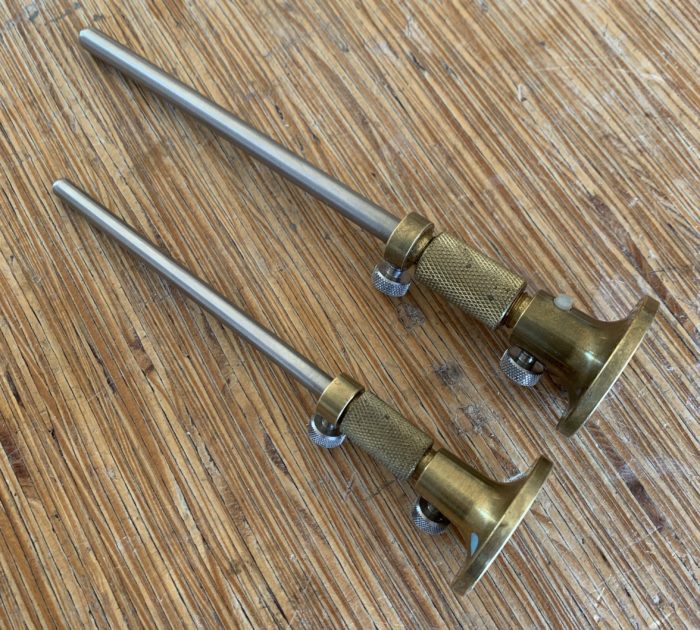
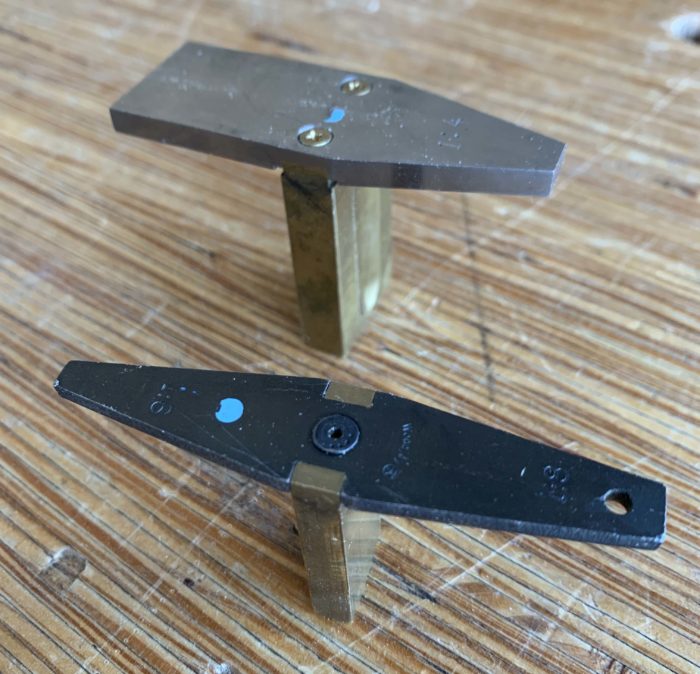

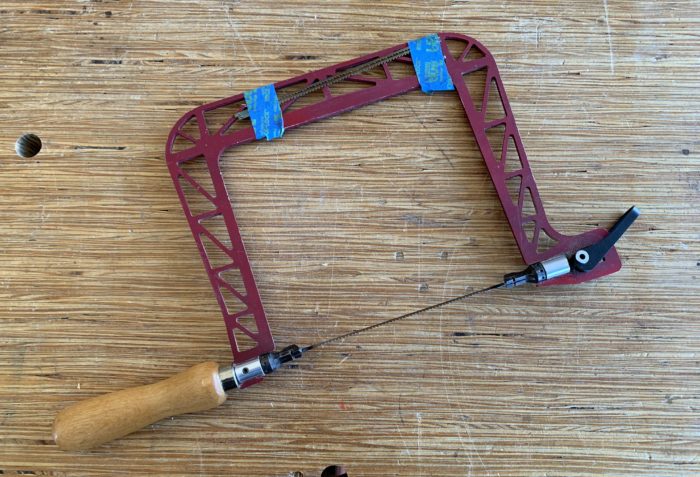

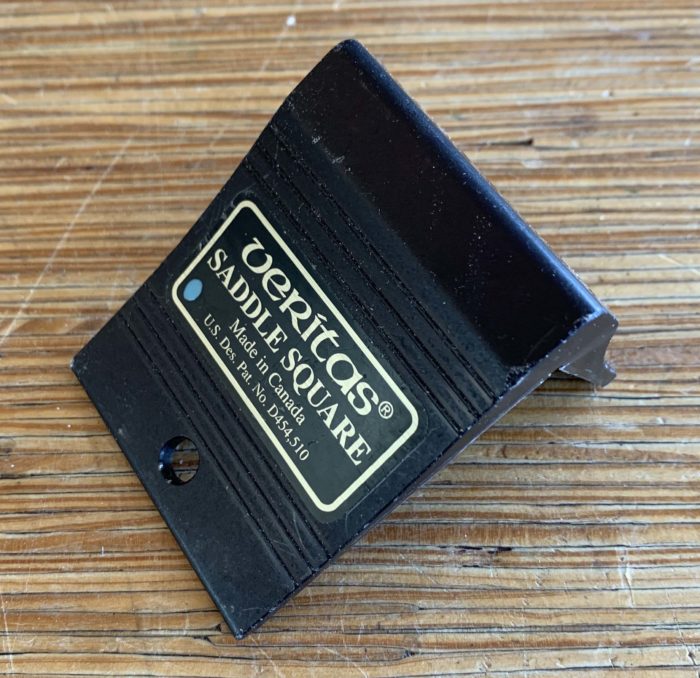
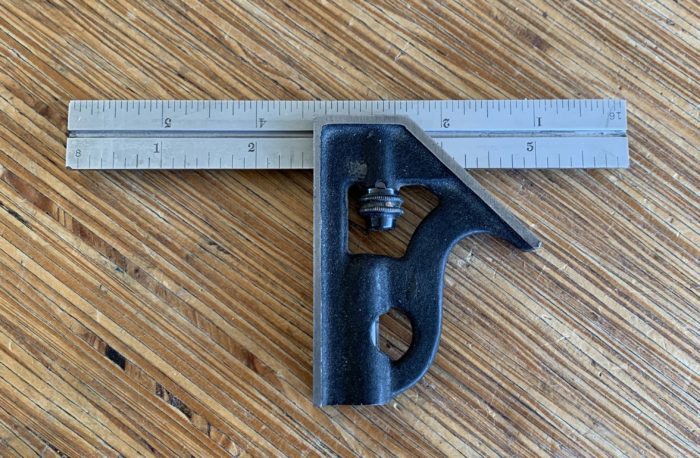

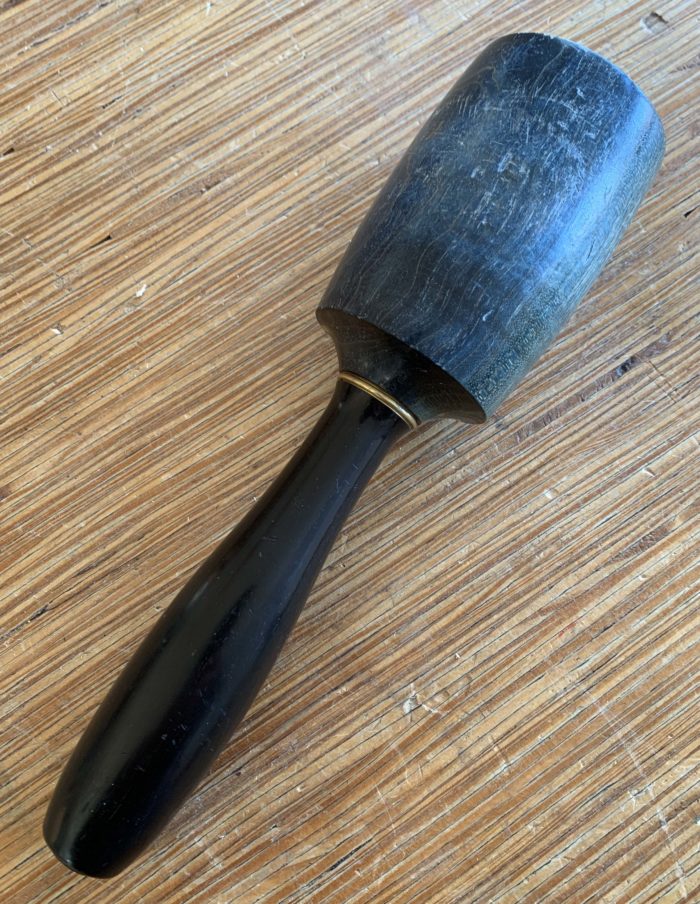
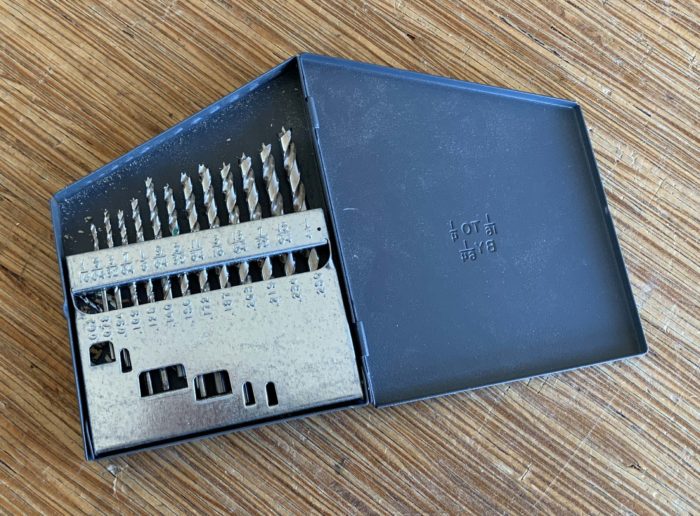
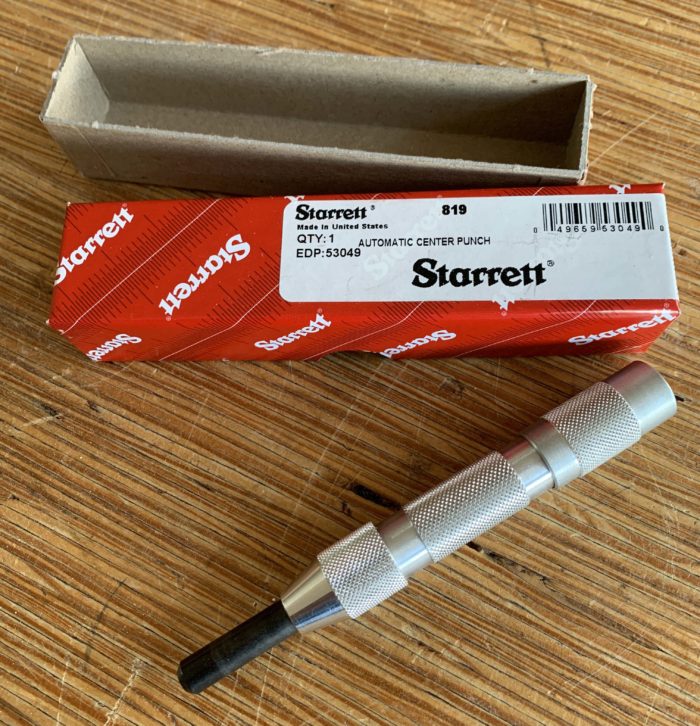
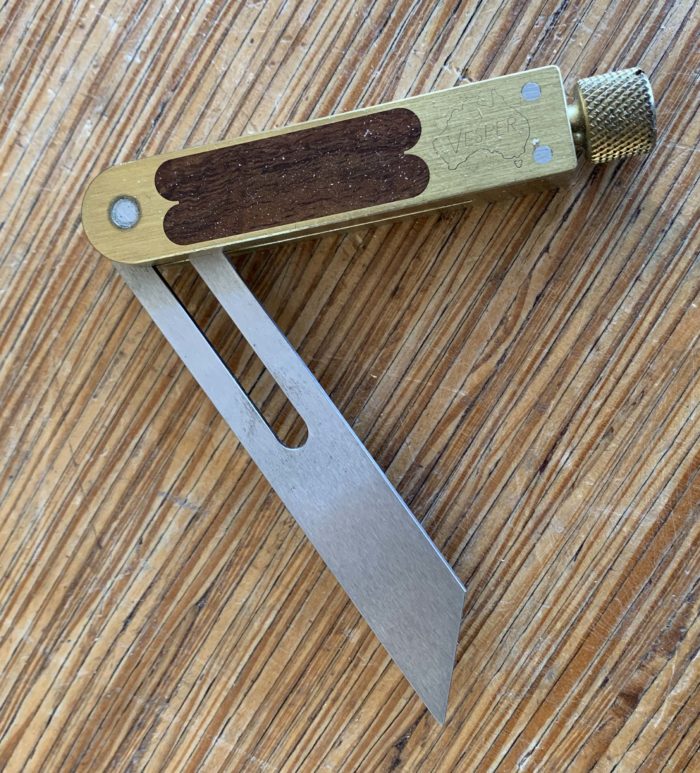
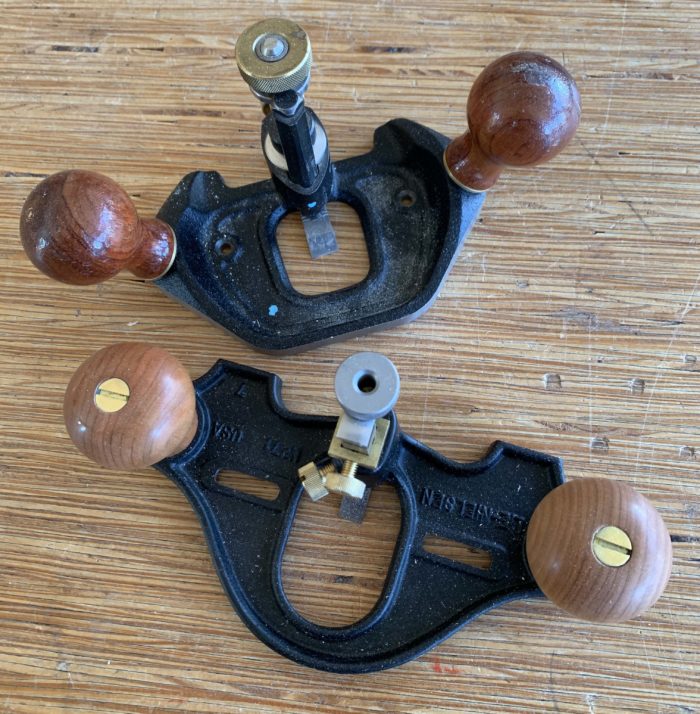

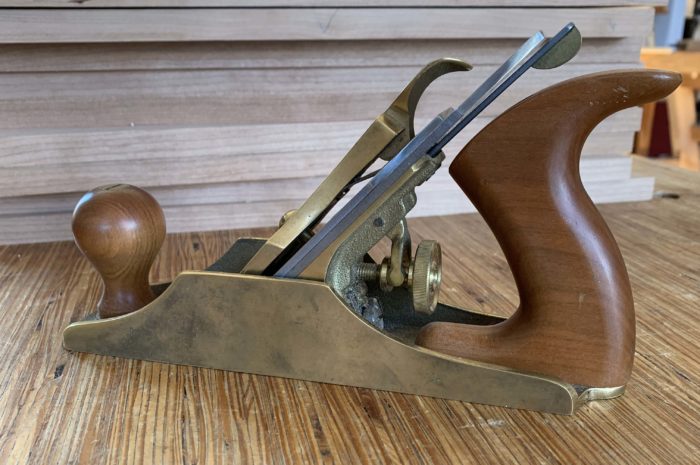
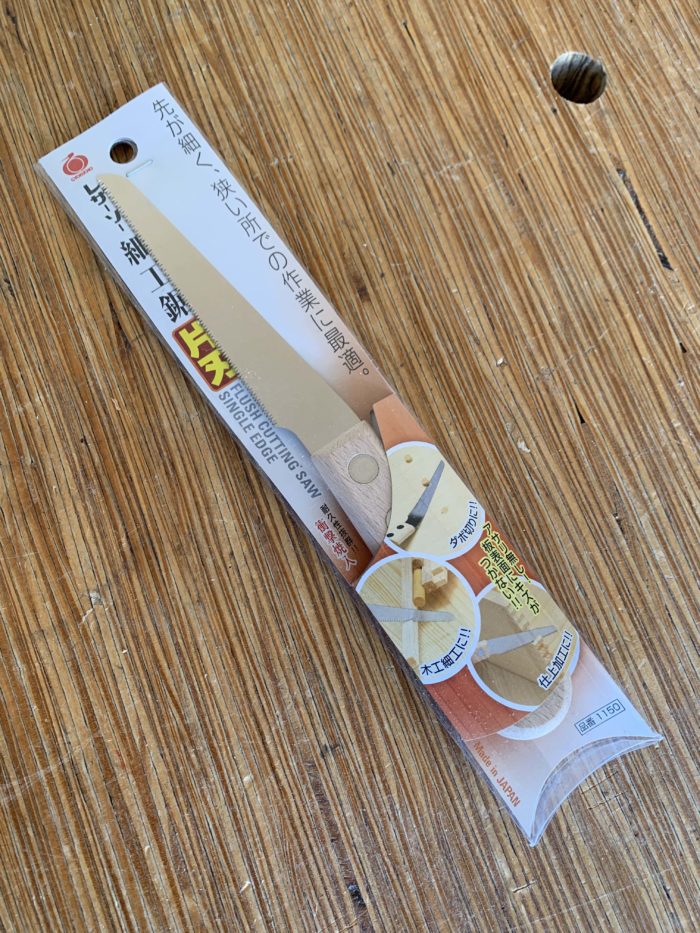
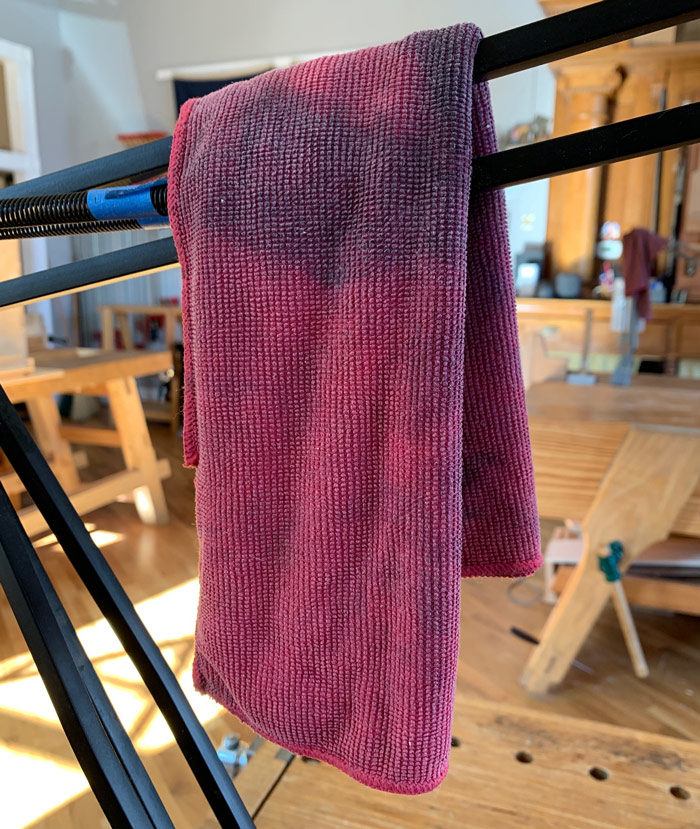







Comments
Very good! My list would be very similar: Bad Ax, Blue Spruce, Lie Nielsen, Lee Valley, shaken not stirred, add salt and pepper to taste. Happy Festivus to all!!
Excellent choices. My list is eerily similar. The differences are a Lee Valley saddle square in 14 degrees for a dovetail marker, a Blue Spruce adjustable bevel, and a Blue Spruce coping saw. The Knew Concepts us fine, but is deep and too "top heavy" for my tastes.
I consider the Tite Marks to be as perfect a tool as can be made.
I think you added the wrong link for the Starrett punch. It goes to the 818, which us a regular center punch. I think you wanted the one in your picture, the hinge locating center punch, the 819. https://www.starrett.com/metrology/product-detail/819
Great list of tooling and heck of a tool chest.
It occurred to me that you did not mention a block plane. I understand that you are trying to limit the list for size of tool kit, and weight of course, but I use the block plane for so many small chores; fixing end grain, chamfering edges, smoothing joints, etc. that if I had to make a trade off, I'd forgo the router plane for a block plane in an instant. Which one? Personal choice, I own at least 4, any of the ones from LN or LV are great.
Nice list. Things that I would add: Utility razor/knife (which is always in my pocket unless I'm on an airplane); sketchbook, pens, pencils; my Lie-Nielsen 60 1/2 block plane; and my Lie-Nielsen 62 low angle plane.
Log in or create an account to post a comment.
Sign up Log in